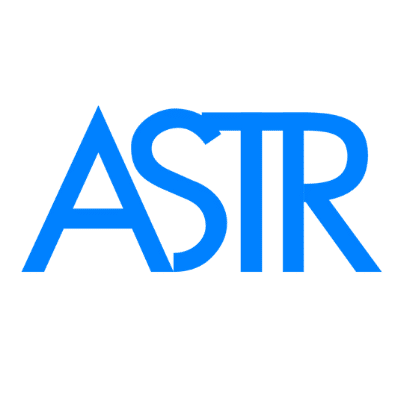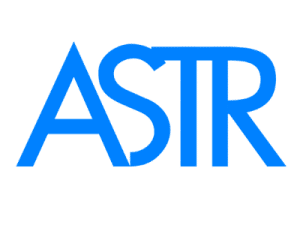Myofascial Release for Sciatica and Nerve Pain: A Natural Approach That Works
Myofascial Release for Sciatica and Nerve Pain: A Natural Approach That Works
Search terms: sciatica fascia treatment, myofascial therapy for nerve pain, myofascial release sciatica
⚡ Struggling with Sciatica or Nerve Pain? Your Fascia Could Be the Missing Link
Sciatica and nerve pain can make daily activities unbearable—whether it’s sitting, walking, or even sleeping. While many treatments focus on the spine or medications, fascial restrictions are often an overlooked cause of nerve irritation and pain.
That’s where myofascial release comes in. By targeting the fascia—the connective tissue that surrounds and supports muscles and nerves—this gentle therapy can relieve pressure on the sciatic nerve and reduce inflammation, naturally.
🧠 How Fascia Affects Sciatica and Nerve Pain
Fascia is a web-like tissue that surrounds every nerve, muscle, and organ. When fascia becomes tight or develops adhesions, it can:
-
Compress the sciatic nerve or other peripheral nerves
-
Causa puntos de activación that mimic nerve pain
-
Limit movement and increase inflamación
-
Lead to referred pain in the lower back, hips, legs, or feet
✅ Why Myofascial Release Works for Sciatica
Myofascial release helps by:
-
Decompressing nerves trapped by tight fascia
-
Reducing inflammation in surrounding tissues
-
Relaxing trigger points that refer pain to the lower body
-
Improving blood flow and lymphatic drainage to speed healing
This makes it one of the most effective natural solutions for relieving nerve pain without medication.
🛠️ Tool-Based Myofascial Release: Faster, Deeper Relief
Dr. Joseph Jacobs, DPT, developed the ASTR Method after overcoming his own chronic pain. This tool-assisted approach provides precise, safe pressure that penetrates deep fascial layers—something hands and foam rollers can’t do.
🔗 Shop the ASTR Myofascial Tool Set
Best areas to target for sciatic pain relief:
-
Glutes (especially the piriformis muscle)
-
Hamstrings
-
Espalda baja
-
IT band and outer hip
-
Calves (for referred tension)
📘 From the Author of Pain No More
In Pain No More, Dr. Jacobs explains how scar tissue, inflammation, and fascia affect the nervous system—and how targeted release techniques can relieve long-term pain without surgery or drugs.
🔬 Research Supporting Fascia Release for Nerve Pain
-
Ajimsha et al. (2015): Myofascial release significantly reduces pain and improves function in patients with nerve compression symptoms
-
Langevin et al. (2006): Fascia restriction directly influences nerve glide and sensitivity
-
Cheatham et al. (2016): Instrument-assisted soft tissue release improves mobility and decreases neuromuscular tension
⚠️ Tips for Safe Sciatica Relief at Home
-
Start with gentle pressure and avoid direct pressure on bones or the spine
-
Work around the piriformis and gluteal region slowly
-
Hydrate before and after sessions
-
Avoid overworking tender areas—less is more
-
If your symptoms worsen, consult a provider trained in fascia therapy
🧘 Final Takeaway
If you’re dealing with sciatic nerve pain, myofascial release offers a safe and effective alternative to painkillers or surgery. Releasing the tight fascia around your hips, legs, and lower back can help restore balance, relieve pressure on nerves, and improve your quality of life.
🔗 Use the Same Tools Dr. Jacobs Recommends for Sciatica Relief

